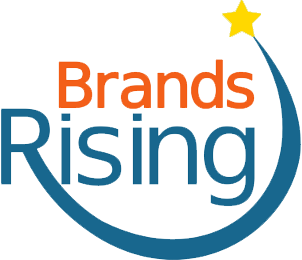Social media requires your people to engage in real-time conversations, online, and often in public view. But most of your people are not professional communicators. So they will need new skills, and you will need to help them develop those skills while taking into account many considerations, for example rewards and retention, at once.
Scaling this kind of program will require that you embed social media skills into the employee development and evaluation processes of your organization. Eventually, you will need to add social skills to your organizational skills taxonomy; in most organizations, this helps to define roles throughout the organization.
Some employees’ job responsibilities will change, and the Human Resources organization will need to update job role definitions and skill requirements. These new skills will dictate employee performance evaluation criteria that may be new to the brand. You might find it helpful to define different skill levels at different career levels, and thereafter, skill development plans and assessments should change to support the new job role definitions, requirements, and career advancement.
During training and education, begin by helping your people to understand the business value that can be created when employees and partners build trust and advocacy online. To help them truly understand how the real-time and public aspects of social media engagement work, you need to provide real-life examples that illustrate the types of behaviors you want them to demonstrate.
In particular, tell employees what they should do in social media, instead of what they should not do. Demonstrate this “what to do” approach across various roles in your organization, such as sales, marketing, and product specialists. Describe the benefits that the brand expects to achieve in terms of quantifiable business outcomes. Doing so will make the training more meaningful to employees.
During my time at IBM, I supported the IBM Center for Advanced Learning’s development of a training program for employees in social media. This program is based on a progression of simulations called “Show me. Guide me. Let me.” The system includes modular courses that can be combined to train employees from beginning to advanced levels. When they began to develop the content for the courses, the center first delivered the training through a series of Web conferences. Each Web conference was recorded and then published in the internal intranet for employees to consume at their leisure.
Now, the training includes three progressive stages of simulations that gradually help learners develop the skills they need to engage in social media on behalf of IBM. Those stages are:
1. Show Me (Demonstration): Video simulations demonstrate the steps of procedures to learners, while also showing text that describes the process. Audio is often also provided to explain the steps to learners.
2. Guide Me (Guided Practice): Learners participate in the simulation by clicking the tools they would use in real life, but the tools are simulated. Throughout the simulation, text or audio guides learners through the process within a safe environment where learners can make mistakes without interfering with actual customer information in a live system.
3. Let Me (Assessment): Learners click through a series of steps within lab exercise to achieve desired results, but no guidance is provided during the exercise. Learners rely on their knowledge attained in steps 1 and 2 to complete the simulation. This is the most effective way to know whether learners understand the process.
Of course, none of this will succeed if your company leadership and management do not support employees engaging in social media. To learn more about the types of incentives and recognition your employees will need for success, head to Chapter 2 of my book, The Most Powerful Brand on Earth.
